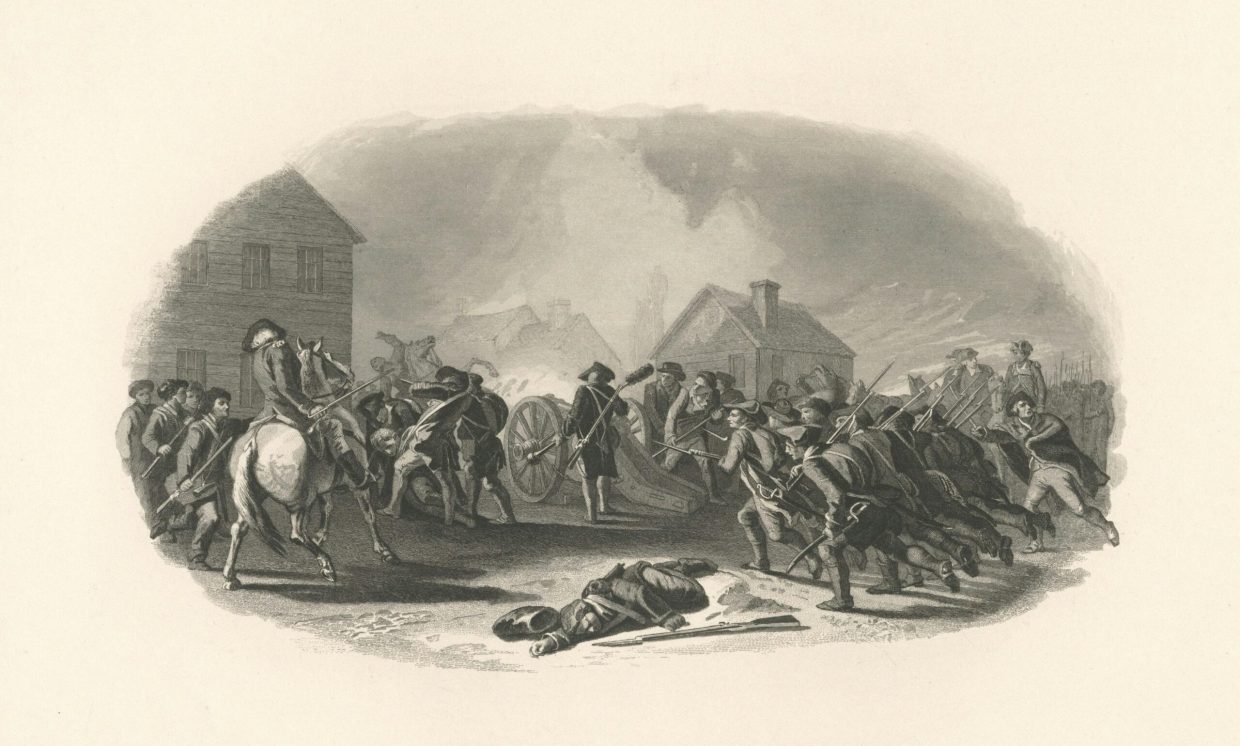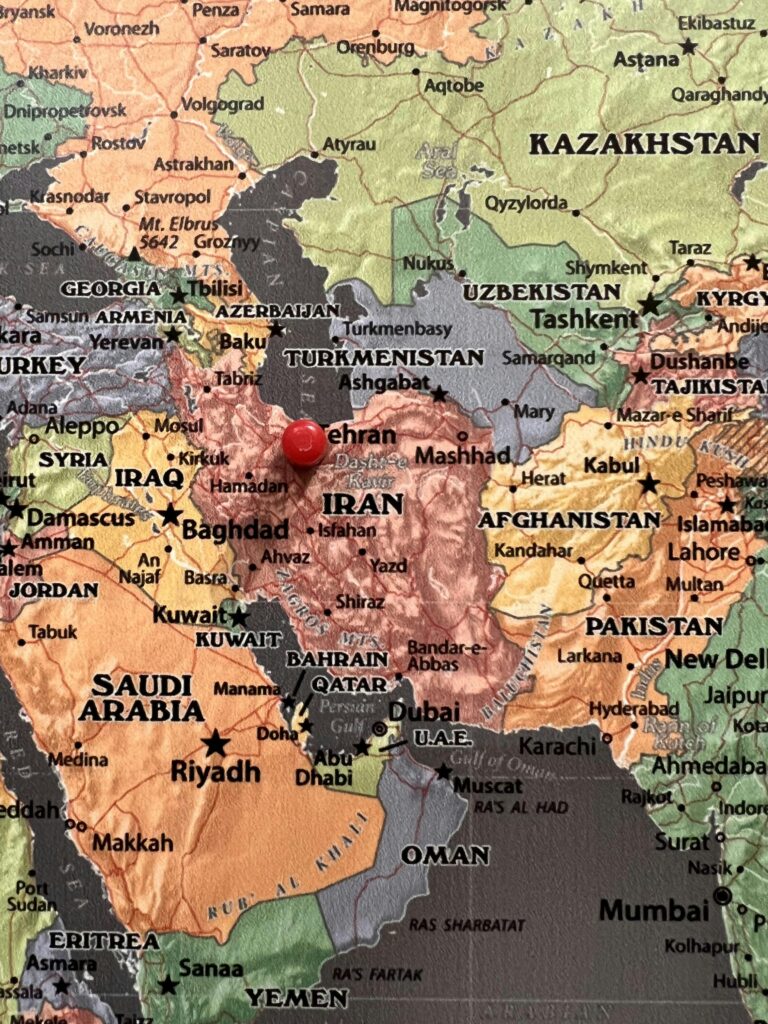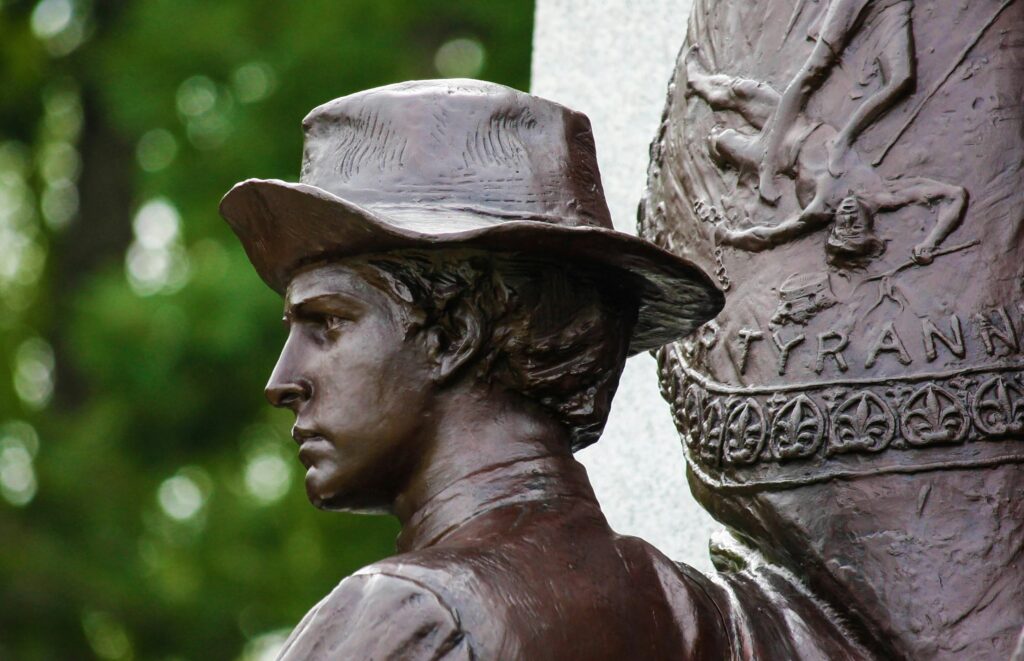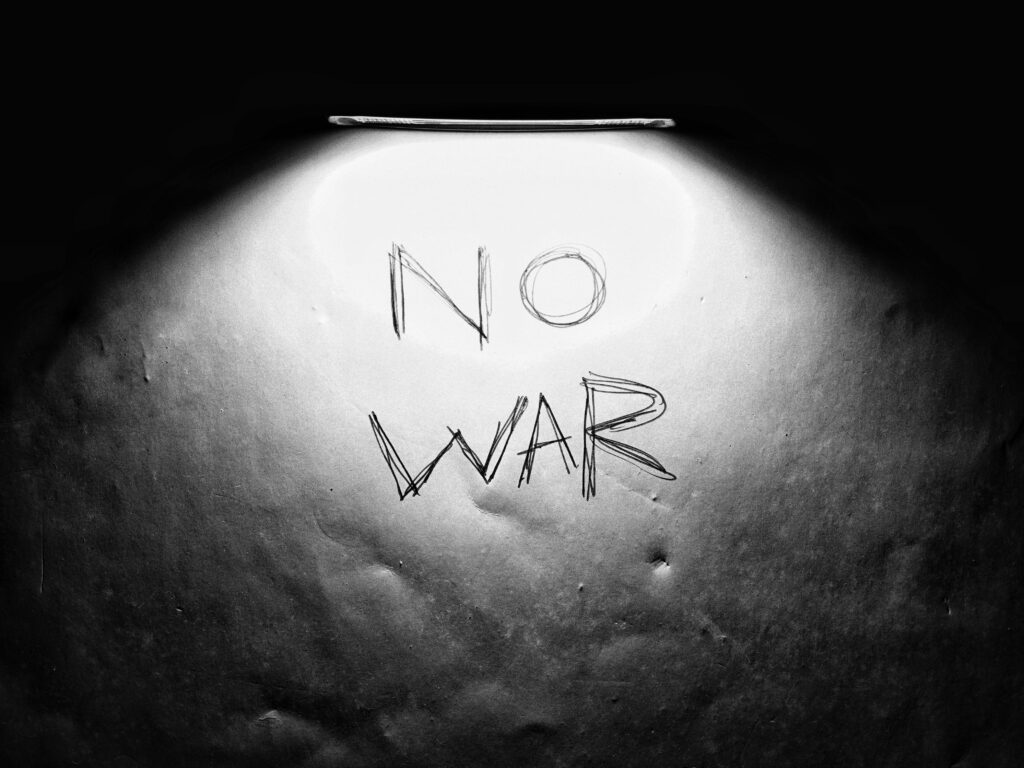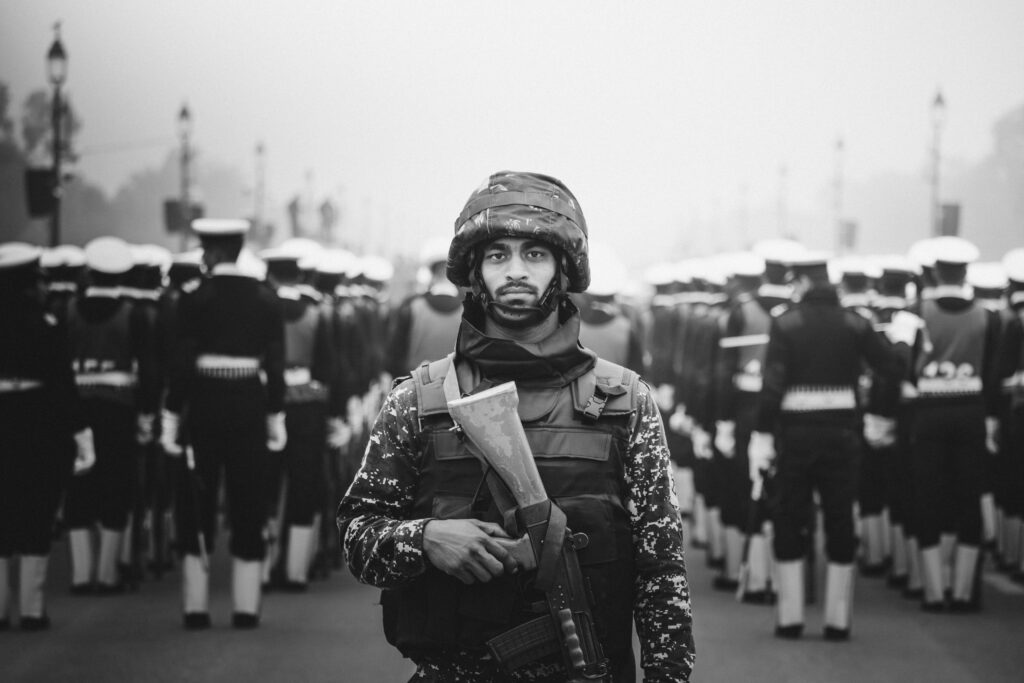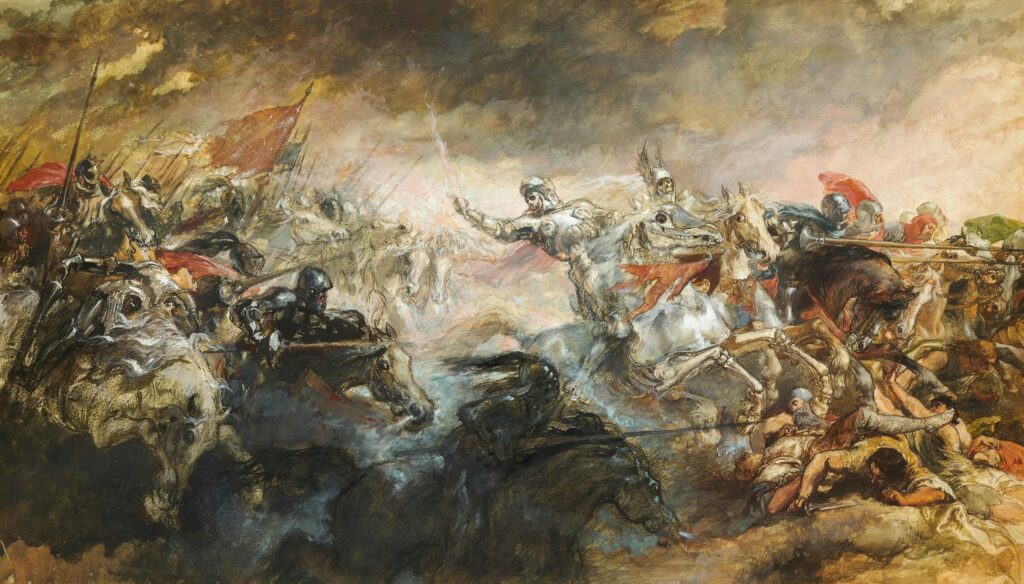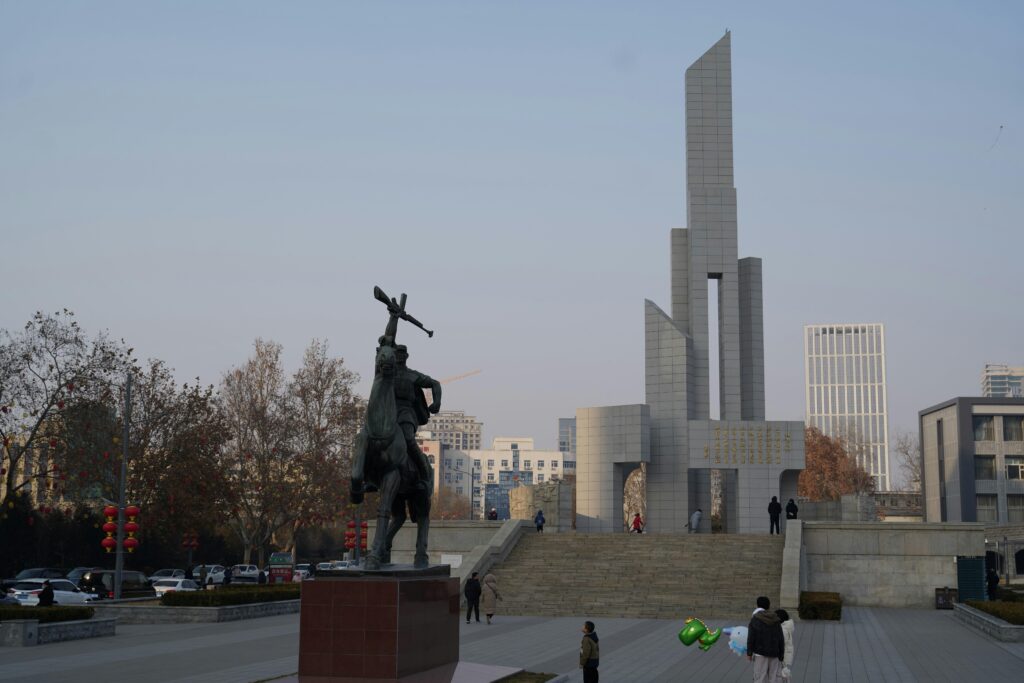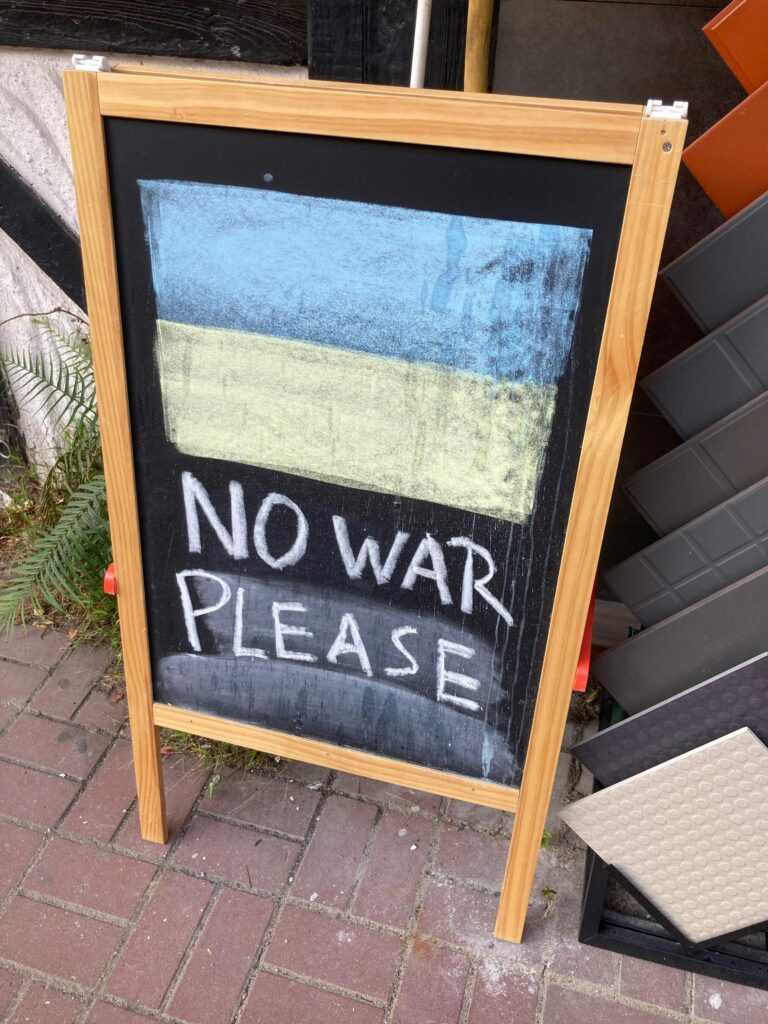The Battle of Bannockburn stands as a monumental moment in Scottish history, a fierce and pivotal clash that shaped the nation’s quest for independence. Fought over two days in June 1314, this iconic battle saw Robert the Bruce’s outnumbered forces deliver a decisive victory against the English army, solidifying Scotland’s resolve for self-rule. More than just a military triumph, Bannockburn became a symbol of national pride and a defining milestone in Scotland’s long struggle for freedom. In this article, we’ll explore the events leading up to the battle, the key strategies that secured Scottish victory, and the lasting legacy Bannockburn has imprinted on Scotland’s identity.
Table of Contents
- Understanding the Strategic Tactics Behind the Battle of Bannockburn
- The Role of Leadership in Securing Scotland’s Victory
- Analyzing the Battle’s Impact on Scottish National Identity
- Lessons from Bannockburn for Modern Military Strategy
- To Wrap It Up
Understanding the Strategic Tactics Behind the Battle of Bannockburn
At the core of the Scottish victory lay a masterclass in military strategy, expertly orchestrated by Robert the Bruce. He leveraged the natural terrain of the Bannockburn area, utilizing dense woodland and marshy grounds to funnel the larger English forces into narrow battle lines. This negated the enemy’s numerical superiority and cavalry effectiveness. Bruce’s troops were arranged in tight schiltron formations—dense circles of spearmen—that provided robust defense against cavalry charges and created a formidable shield wall against the heavily armored English knights.
Several key tactical decisions contributed decisively to Scotland’s success:
- Terrain Exploitation: Choosing the battleground where English heavy cavalry could not maneuver effectively.
- Flexible Infantry Formations: The use of quick-moving foot soldiers in schiltrons created both defensive and offensive advantages.
- Swift Counterattacks: Coordinated strikes at vulnerable points in the English line disrupted their momentum and morale.
- Deceptive Maneuvers: Feigned retreats and tactical withdrawals baited the English into disadvantageous positions.
These strategic elements underscore how intimate knowledge of both battlefield geography and disciplined soldier formations transformed what initially seemed a David versus Goliath confrontation into a landmark triumph that echoed through Scottish history.
The Role of Leadership in Securing Scotland’s Victory
At the heart of Scotland’s triumph at Bannockburn was the visionary leadership of King Robert the Bruce. His strategic genius transformed a seemingly desperate situation into a defining victory by leveraging deep knowledge of the terrain and unshakable resolve. Bruce’s ability to inspire and unify the disparate Scottish forces under a common cause was crucial, fostering a spirit of resilience and courage. His leadership was marked not just by battlefield tactics but by unwavering commitment to Scotland’s sovereignty, which galvanized his troops amid overwhelming odds.
The success at Bannockburn also hinged on the adept coordination between Bruce and his trusted commanders. Together, they implemented innovative battle formations that neutralized the English cavalry’s advantages. Key factors in their leadership approach included:
- Decisive communication: Swift, clear commands ensured coherence during the chaos of combat.
- Adaptability: Bruce adjusted plans dynamically in response to the evolving battlefield landscape.
- Empowerment: Delegating authority to capable lieutenants fostered initiative and quicker tactical decisions.
This blend of inspired vision and practical leadership forged a path to one of Scotland’s most pivotal moments, securing not only military victory but also a lasting legacy of freedom and independence.
Analyzing the Battle’s Impact on Scottish National Identity
The victory at Bannockburn marked a transformative chapter in the forging of a collective Scottish identity. It was more than a military success; it symbolized resilience against overwhelming odds and became a poignant emblem of national pride. The battle’s outcome instilled a deep-rooted sense of unity among the clans and common folk alike, reinforcing the conviction that Scotland’s sovereignty was worth defending at all costs. This newfound confidence permeated cultural expressions across music, literature, and oral traditions, embedding Bannockburn as a cornerstone of the Scottish narrative.
Key impacts that shaped national identity included:
- Elevation of Robert the Bruce as a symbol of leadership and patriotism
- Strengthening of Gaelic and Scots language pride through historic storytelling
- Renewed emphasis on independence and self-determination in political thought
- Creation of a shared heritage celebrated in cultural commemorations and public memory
Collectively, these elements laid the foundation for a national identity that persists today, influencing Scotland’s ongoing pursuit of autonomy and cultural expression in the modern era. Bannockburn stands as a testament to the power of unity and the enduring spirit of a people undeterred by conquest.
Lessons from Bannockburn for Modern Military Strategy
The Battle of Bannockburn stands as a masterclass in leveraging terrain and tactical innovation, lessons that resonate deeply with modern military strategists. Robert the Bruce’s forces exploited intimate knowledge of the local landscape to offset the numerical superiority of Edward II’s army, demonstrating the timeless value of environmental advantage. By positioning his troops in tight, wooded areas and narrow passes, Bruce effectively neutralized the English cavalry, a powerful lesson in how geography can be used not just defensively but as a force multiplier. Additionally, Bannockburn exemplified the principle of flexibility in command, where decentralized decision-making allowed Scottish commanders to adapt swiftly amidst the chaos of battle.
- Use of terrain: Tailor strategy around natural features for maximum impact.
- Decentralized leadership: Empower subordinate commanders to respond dynamically.
- Morale and unity: Foster deep motivation and shared purpose among troops.
- Asymmetric tactics: Employ unconventional methods to disrupt larger forces.
Modern military operations continue to draw from Bannockburn’s blueprint by emphasizing agility, knowledge of local environments, and morale-driven resilience. Contemporary commanders understand that technology alone doesn’t guarantee victory; it’s the synergy between the human element and strategic terrain use that often decides conflict outcomes. Bannockburn reminds us that even an ostensibly weaker force—if led wisely and positioned shrewdly—can prevail against overwhelming odds.
To Wrap It Up
The Battle of Bannockburn stands as a cornerstone in Scotland’s journey toward independence—a vivid testament to resilience, strategy, and unyielding spirit. More than just a medieval clash, it symbolizes the enduring quest for freedom that has shaped Scottish identity for centuries. As we reflect on this defining victory, it reminds us how pivotal moments in history continue to inspire present and future generations in the pursuit of self-determination and national pride. Bannockburn isn’t just a battle fought long ago; it’s a powerful legacy that echoes through Scotland’s narrative, forever marking its place on the road to freedom.


